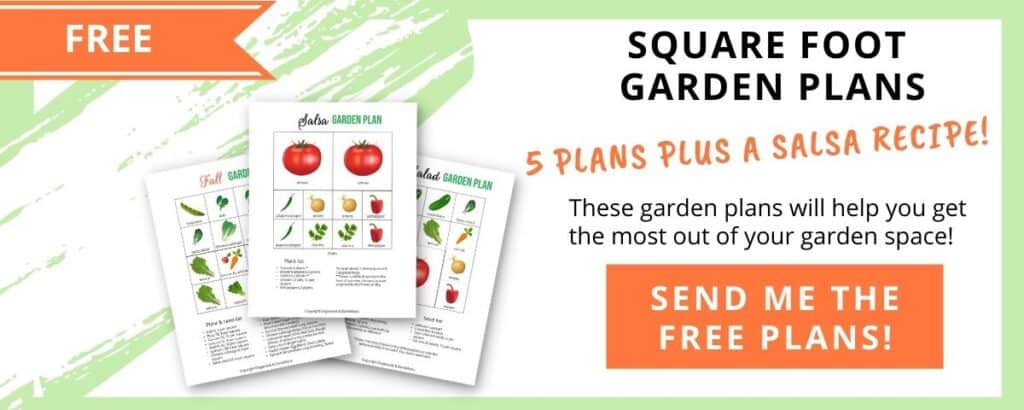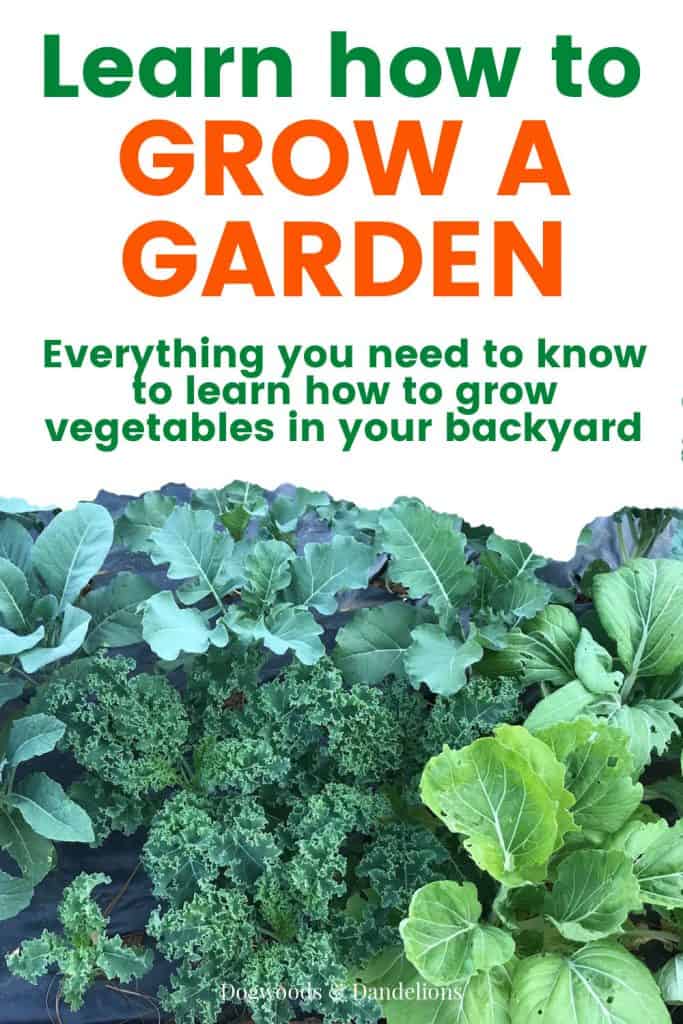Grow a Garden
Would you like to start a backyard garden but don’t know where to begin? You’ve come to the right place! These posts will take you step-by-step through the whole process, from deciding what kind of garden to grow to garden plans to help you put it all together.
If you’ve been gardening for a few years now, I’ve got posts to help you too. I’ve got tutorials on how to grow many different vegetables and fruits and tips on mulching and cleaning up your garden in the winter.
Start A Garden
If you want to start a garden and have no idea where to begin, it’s a good idea to start small. The first year you grow a garden isn’t the time to try to grow all your produce for the whole year. you will get exhausted and overwhelmed. Instead, grow a small container garden or raised bed garden.
To learn more about the types of gardens you can grow, check out the following posts:
What to Plant in Your Garden
Once you decide on the type of garden you want to grow, the next step is to decide WHAT you want to grow and then how to plant your garden.
First, you need to decide what foods you want to grow that will work for your area. You don’t want to try growing bananas in Alaska. The foods you grow should be foods that you like to eat also. Don’t grow eggplants if you hate them.
Learn: How to Choose the Vegetables to Grow in Your Garden
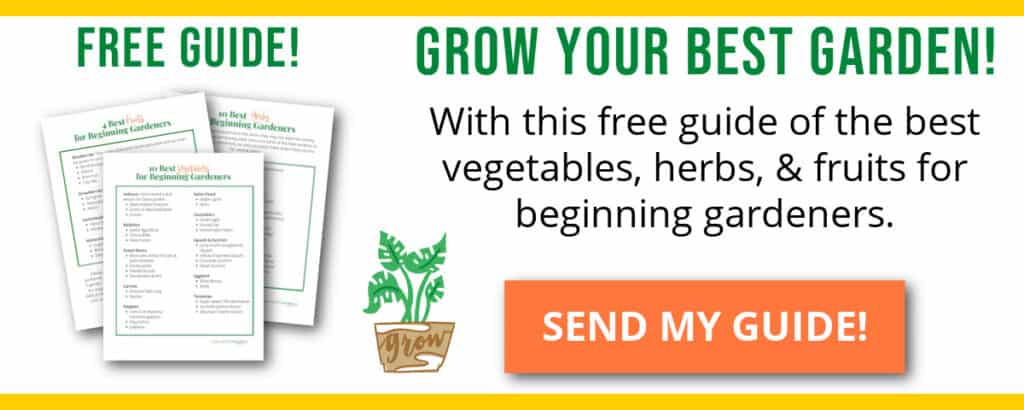
How to Plant Your Garden
Once you have decided what to grow in your garden, you need to decide whether you are going to plant seeds or purchase transplants. Some vegetables must be started from seed, like carrots and other root crops, but you will have much more success with others (like tomatoes) if you purchase transplants. But how do you know the difference?
Learn: What to Direct Seed vs. What to Purchase as Transplants
How to Understand a Seed Catalog
If you decide to purchase seeds from a catalog, you may be overwhelmed at first. There are terms like open-pollinated, hybrid, hardiness zones, days to harvest, and even crazy letters that you just don’t understand.
If a seed catalog says it takes 60 days to harvest, that doesn’t mean plant a tomato seed outdoors and expect tomatoes 2 months later. That 60 days means 60 days from transplant into the garden.
Even the plant descriptions can be confusing. And sometimes what isn’t said is just as important as what is described. (For instance, if the beans don’t say stringless, they aren’t.)
Learn: How to Understand a Seed Catalog
When to Plant Your Garden
Next, you need to learn WHEN to plant your garden. Some vegetables need to be planted in the spring or fall (cool-season vegetables) as they need cool weather to produce. Others can’t handle the cold and must be planted after your last spring frost (warm-season vegetables).
Learn: Cool Season vs. Warm Season Vegetables
It is also a good idea to learn your first and last expected frost dates as well as your gardening zone.
Learn: How to Find Your Gardening Zone
How to Grow
If you want to learn the details on how to grow a specific vegetable or fruit, these tutorials should help explain exactly how to plant, grow, and harvest each kind of produce.
How to Clean Up the Garden in the Fall
Once gardening season is over, you need to clean up your garden properly. Doing so will help prevent pests from overwintering in your garden and eating your produce next year.
Learn: How to Clean Up the Garden in the Fall
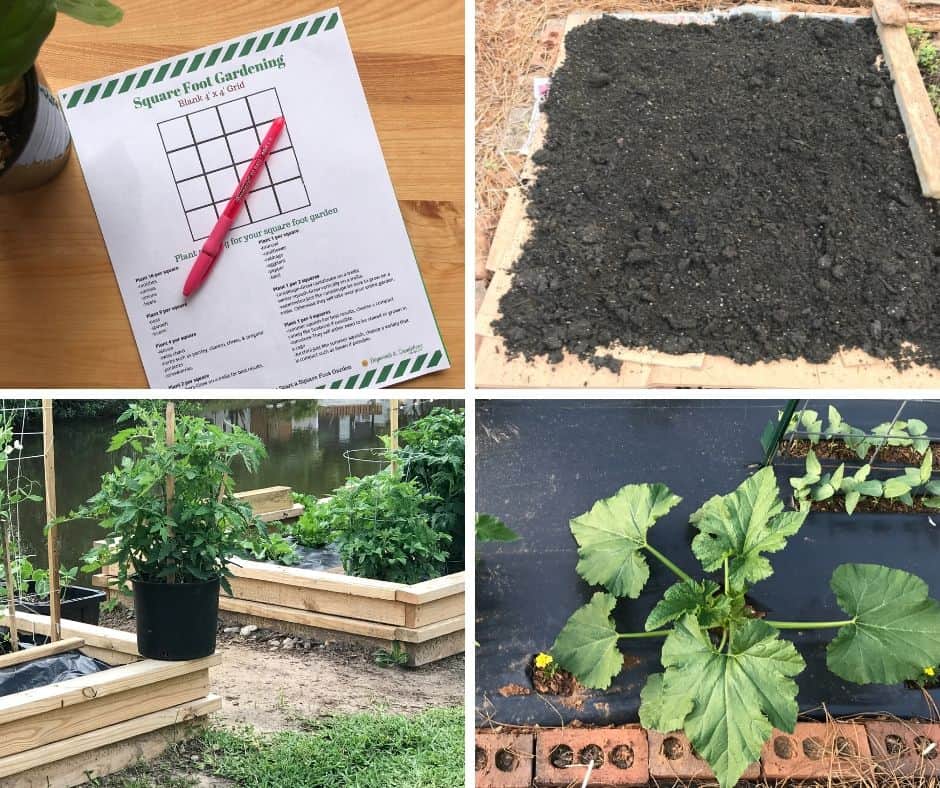
Gardening Methods
If you want to learn about other gardening methods, these ideas will get you started.
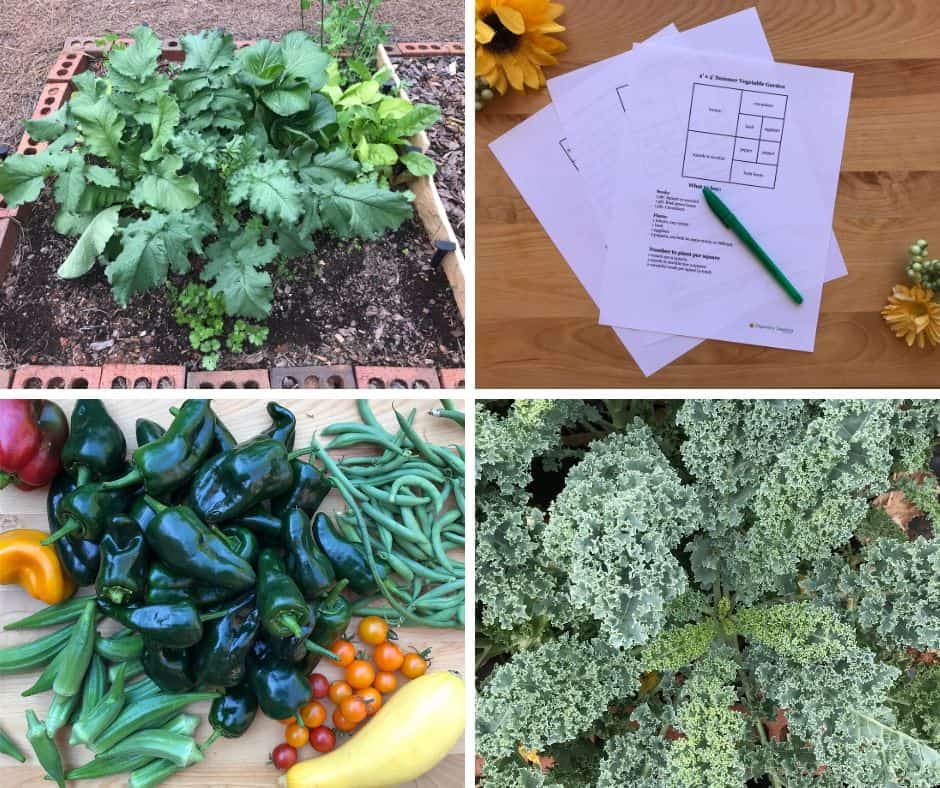
Garden Plans
Whether you want ready-to-use garden plans or want to learn how to plan your garden layout yourself, these resources will help.
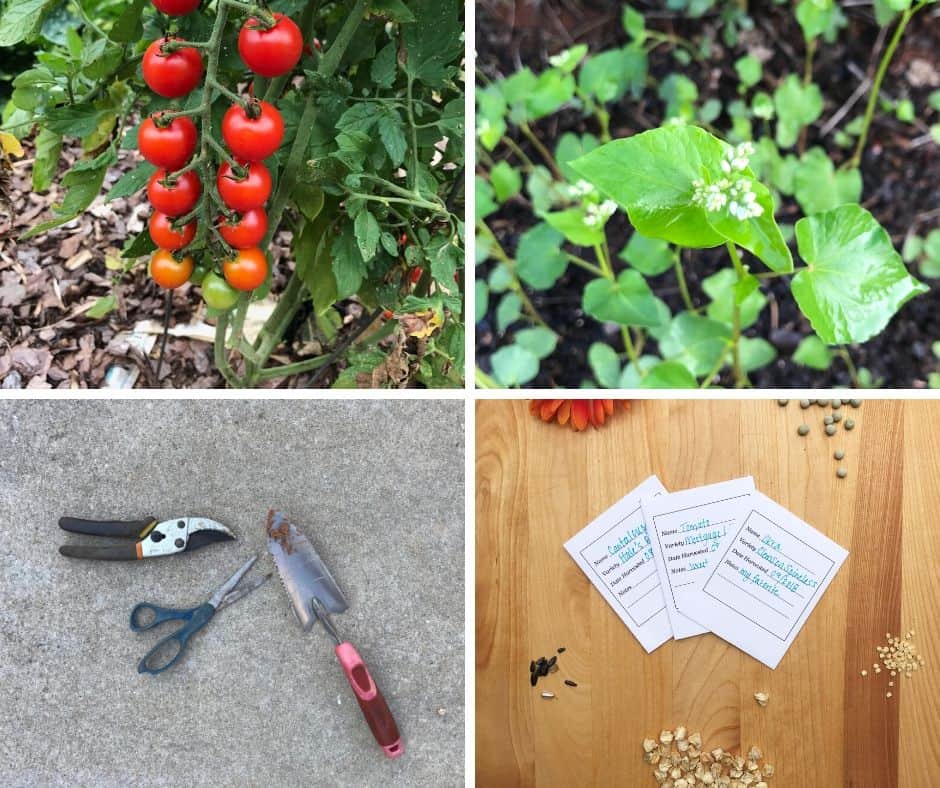
Tips & Techniques to Maintain Your Garden
Unfortunately, gardening isn’t just planting and harvesting. There are other things you need to do for a successful garden.
Find my other gardening posts here.
